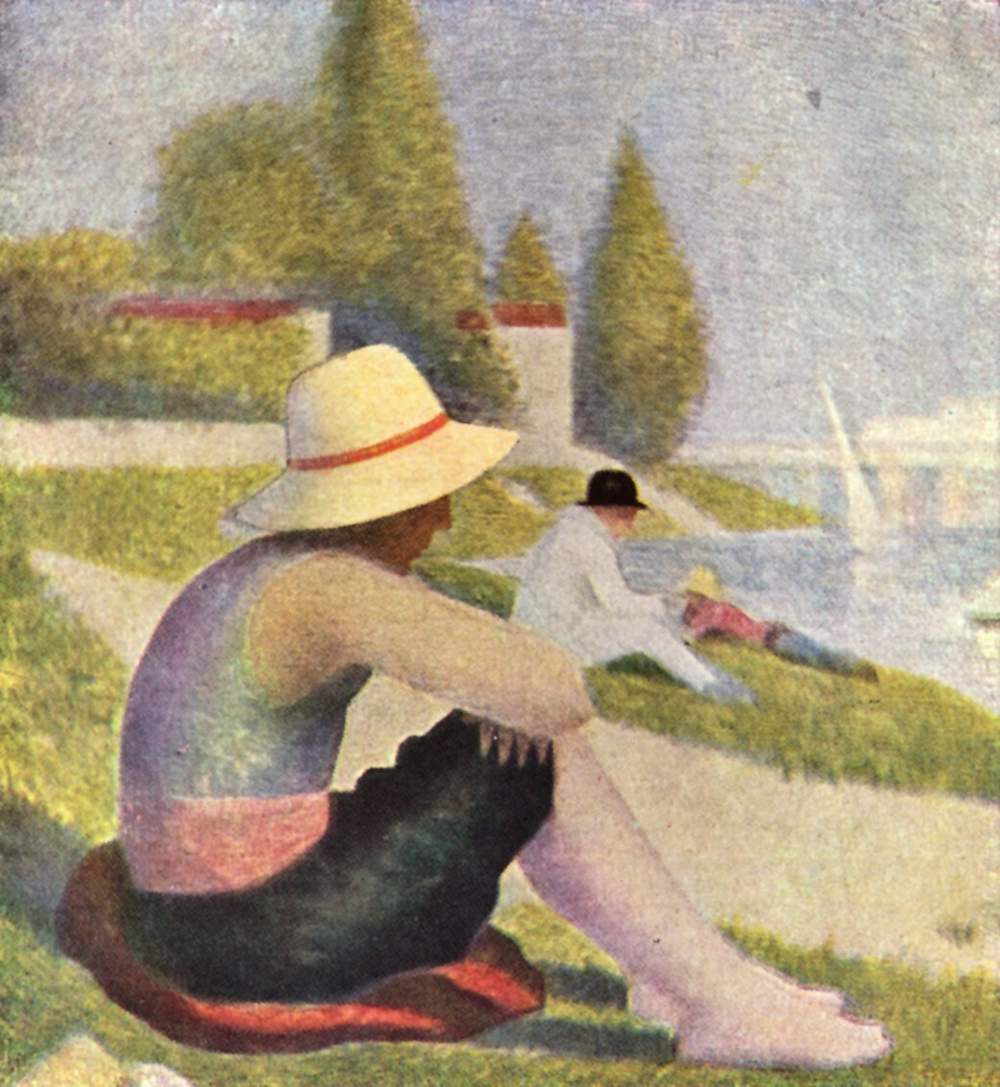In the good old analog days life was really uncomplicated. You think about what you need to draw, gather material (or whatever is available) and draw. Work on it till you are satisfied with the outcome and then take a chai/smoke break. If you really like it, you frame it. That's it.
All this changes when you scan it and enter digital world. For starters the scanned images hardly comes close to what it should look. Main pain points are:
- Image brightness /contrast
- Color tones.
- Image sharpness.
- Image size (large size convey more details but is difficult to store.)
In other words we need to figure out
- Which image editing features to use
- How much of these features to apply for best effect
To illustrate I'll use a recently scanned drawing Keef. It was done with charcoal, graphite and a bit of chalk on blue toned heavy pastel paper (I think).
The original raw master looks like: Using Auto enhancement
Using Auto enhancement 
Auto levels tool
Manually adjusted levels Adjusted using curves tool
Adjusted using curves tool
So far so good. Now the tough part, which ones look good and which ones don't?
Thats where you are needed, please share your take on which actions actually enhance the piucture















